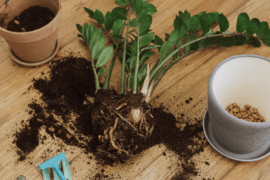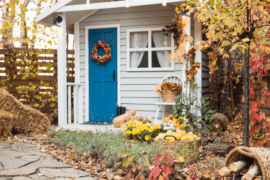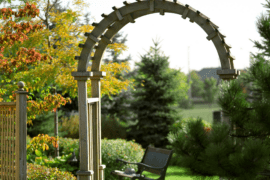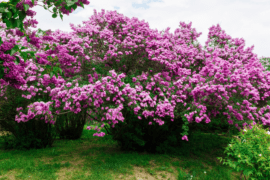A healthy, lush, well-tended lawn undoubtedly looks pleasing to the eyes. But beyond aesthetics, a lawn offers more benefits than having wood chips, concrete, or asphalt out front. Grass lawns trap carbon dioxide, as well as helps to clean the air, regulate temperatures, and reduces erosion from heavy water runoff.
When opting for a green lawn, the two natural options available are sod and seed. While they look alike, there are differences.

Sod is simply transplanting mature grass that has been grown and maintained by professionals. Like a rug, it can be rolled out. However, you need the help of professionals to install it perfectly.
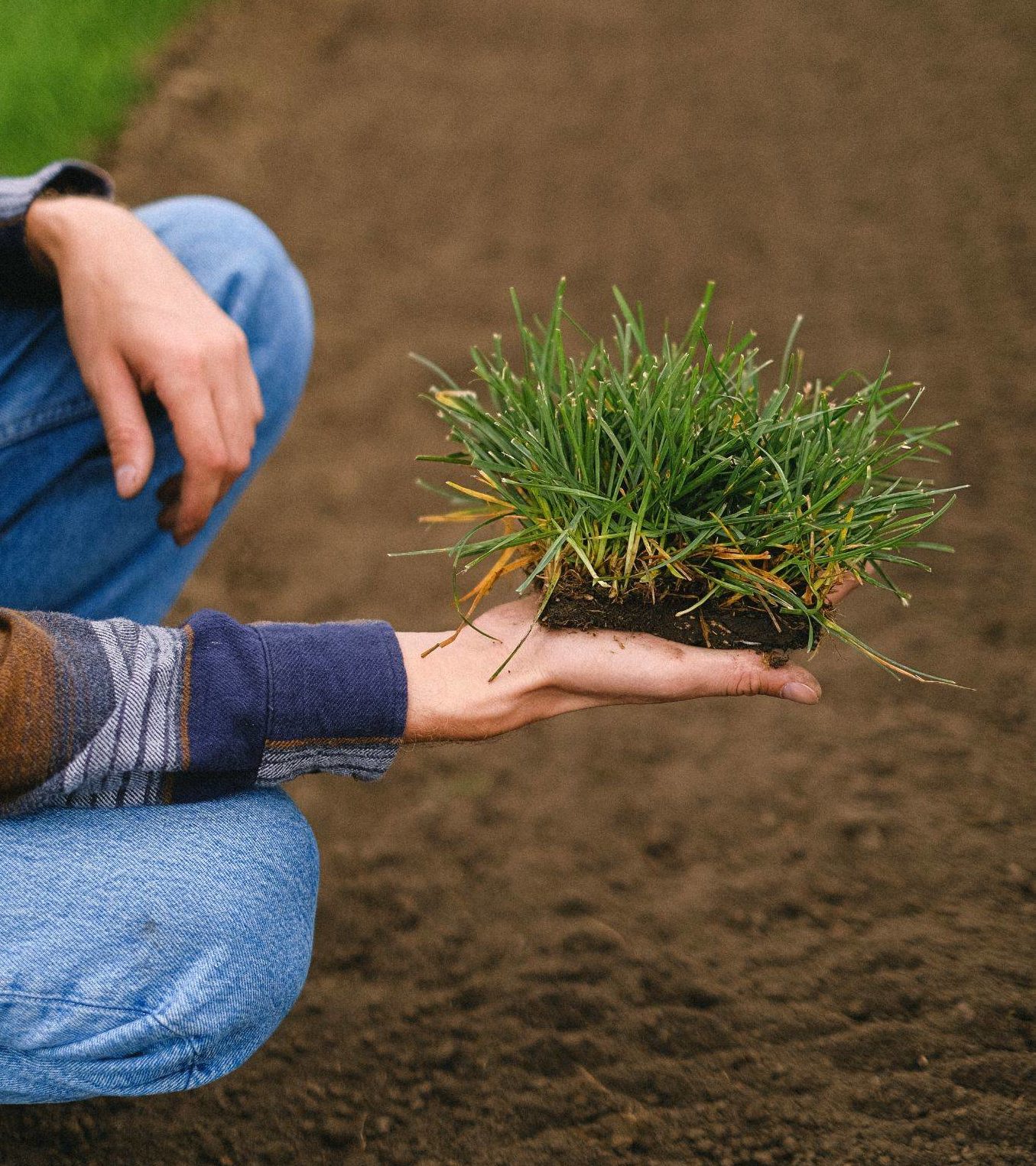
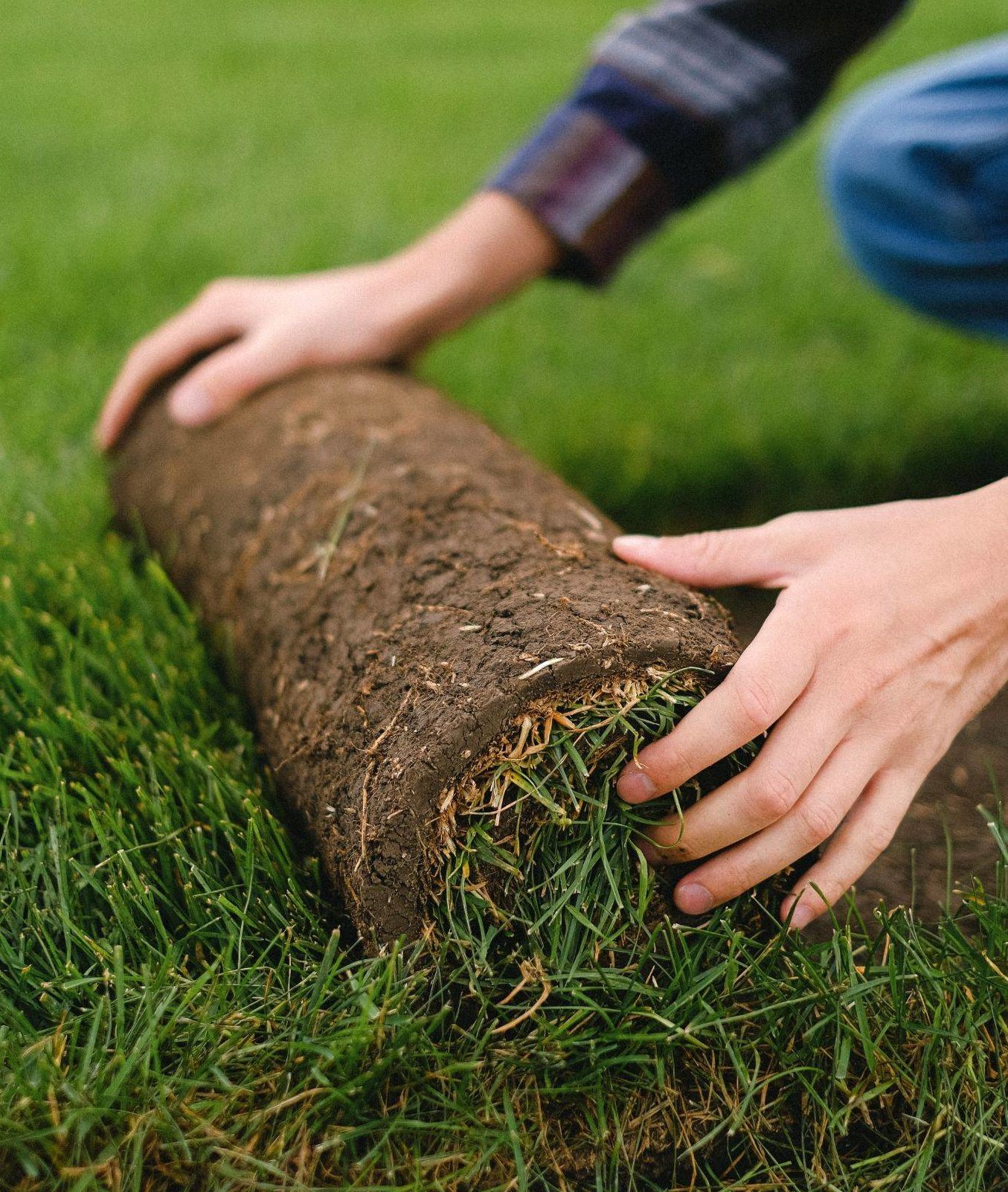
Seed, on the other hand, is planting and nursing your grass from scratch. You can choose to work this on your own or have the task hired out.
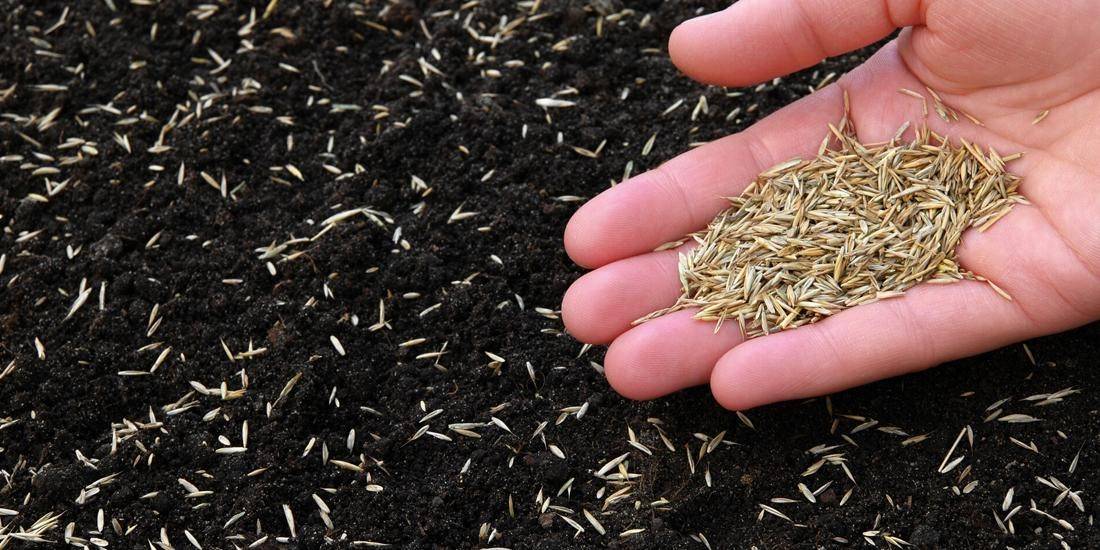
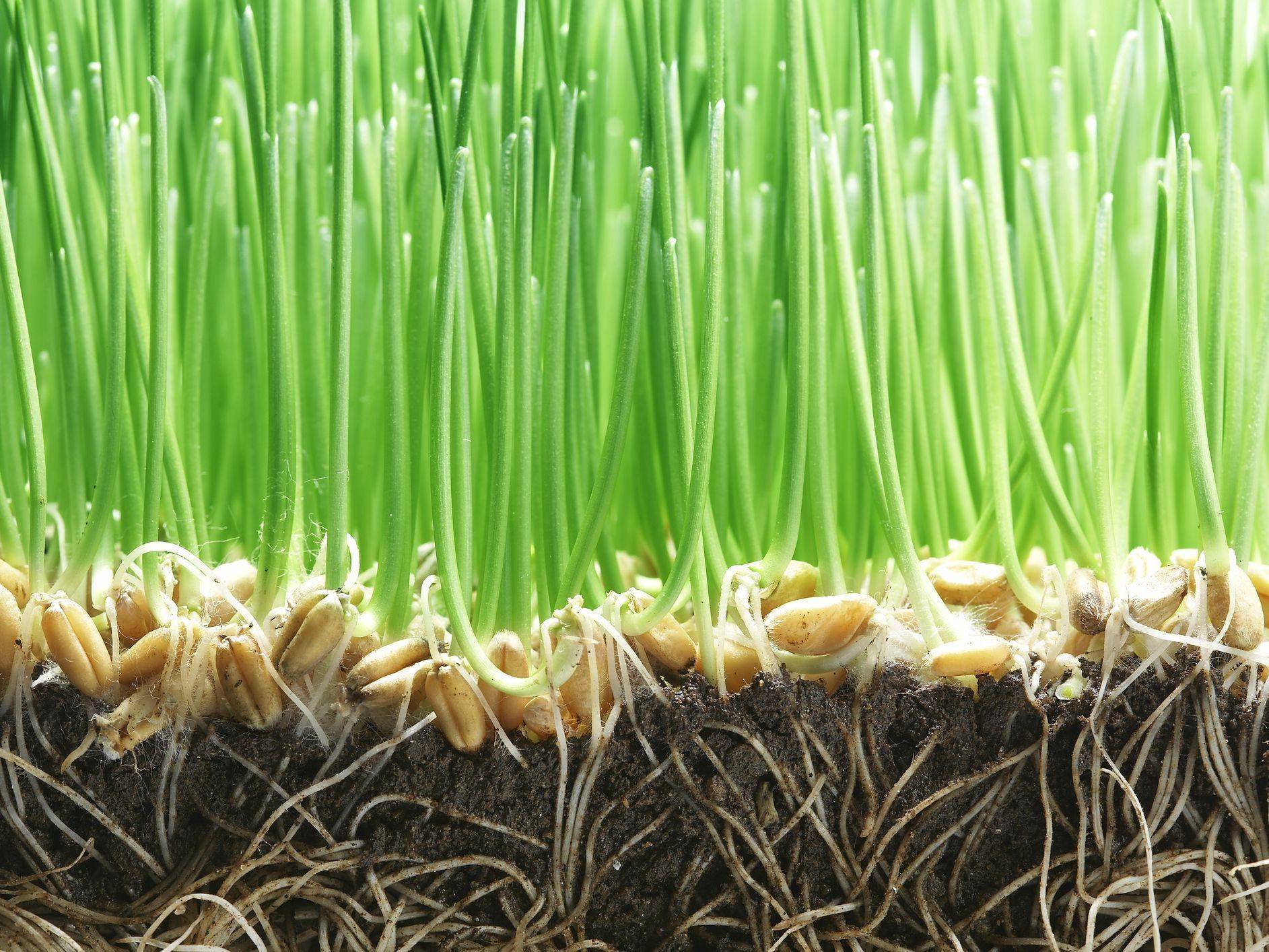
The Differences Between Sod and Seed
The two most glaring differences between these options that a home owner needs to consider are cost and the growth period.
Cost
A major difference between sod and seed is the financial cost. Naturally, sod is more expensive than seed. When laying sod, you’d have to enlist the services of an expert and purchase the necessary tools to install it.
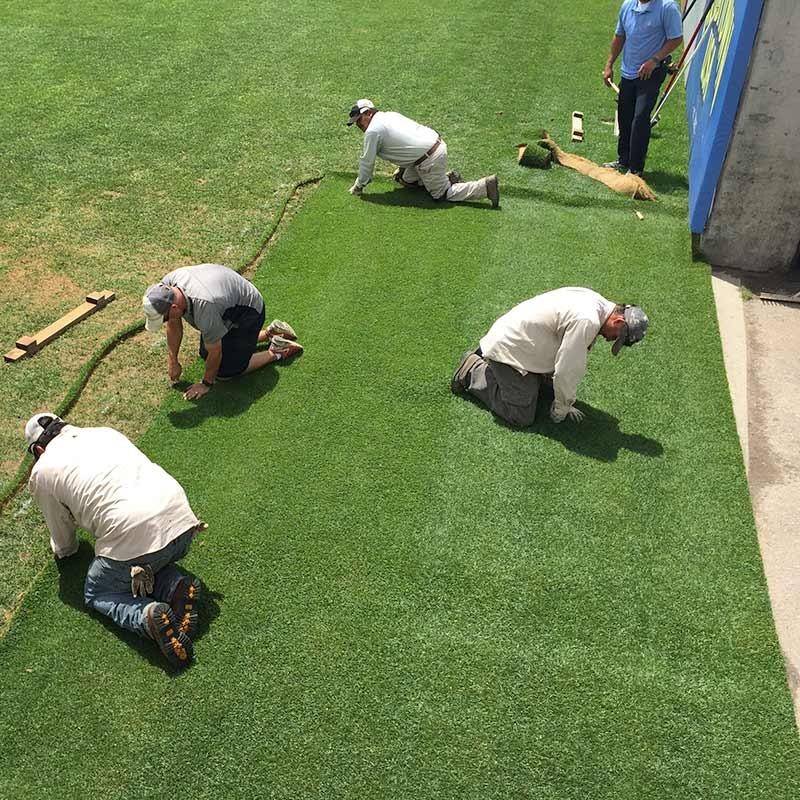
The size of the lawn, the type of grass, and the pedigree of the professional working your lawn can get the cost running into thousands of dollars. So, if you are financially capable and don’t have a green thumb, sod might just be a better option.

Seed, on the other hand, is less expensive. Mainly because you don’t have to pay a professional to plant it for you. You can do the growing and tending yourself. All you need is the basic tools and some work clothes.
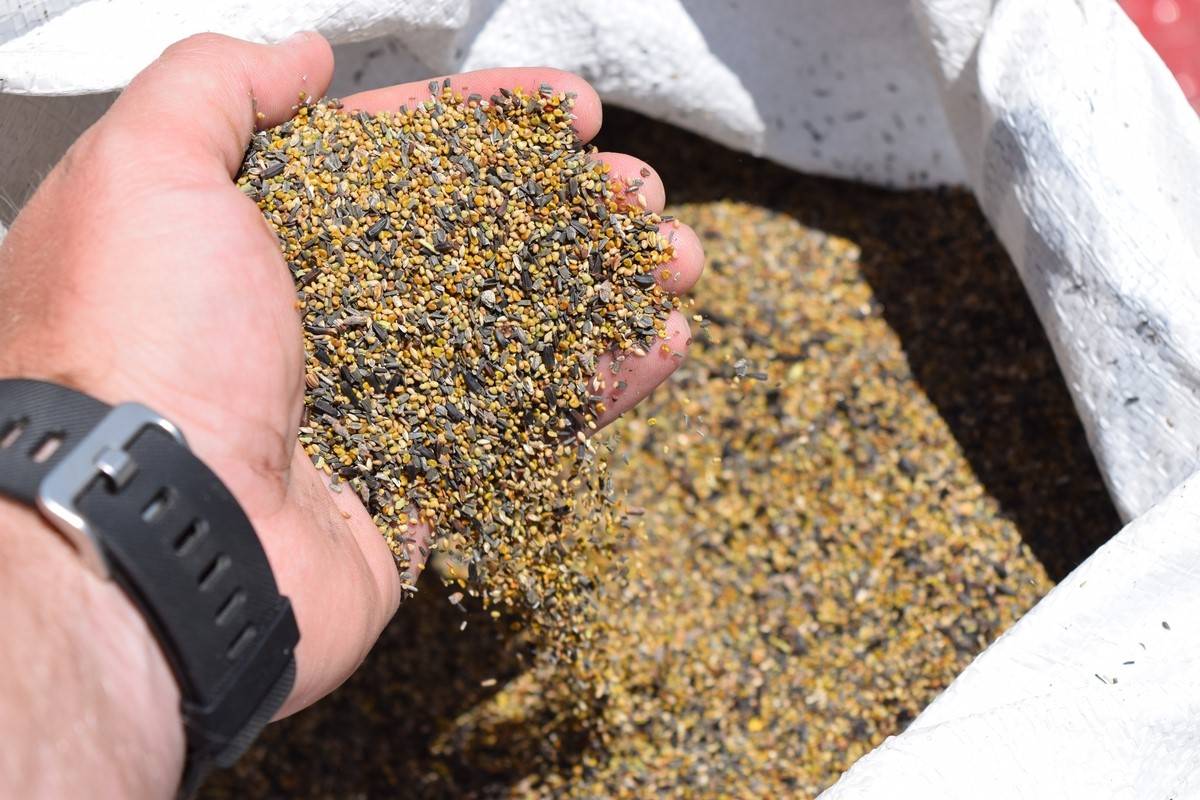
Another reason is that the cost of even premium seed mix is far lower than the cost of sod. With the lower cost of materials and little or no external professional help, the monetary cost of growing your lawn is kept at the minimum.
So, if you are working your lawn from a budget, the seed is the best option for you.
Growing Pains — How Long Until You’ve Got Your Green Grassy Lawn?
The duration of growth is the other big difference between sod and seed. Which one gets your lawn looking grassy faster? Which one demands more of your time in the long run?
Sod gets you the grassy look instantly. There’s a reason it’s also called “the instant lawn.” As it is already grown by professionals, it just needs to be spread out like a rug over the designated area. There is no particular season to lay sod, unlike seed planting. As long as the water is available, sod can be laid at any time of the year.
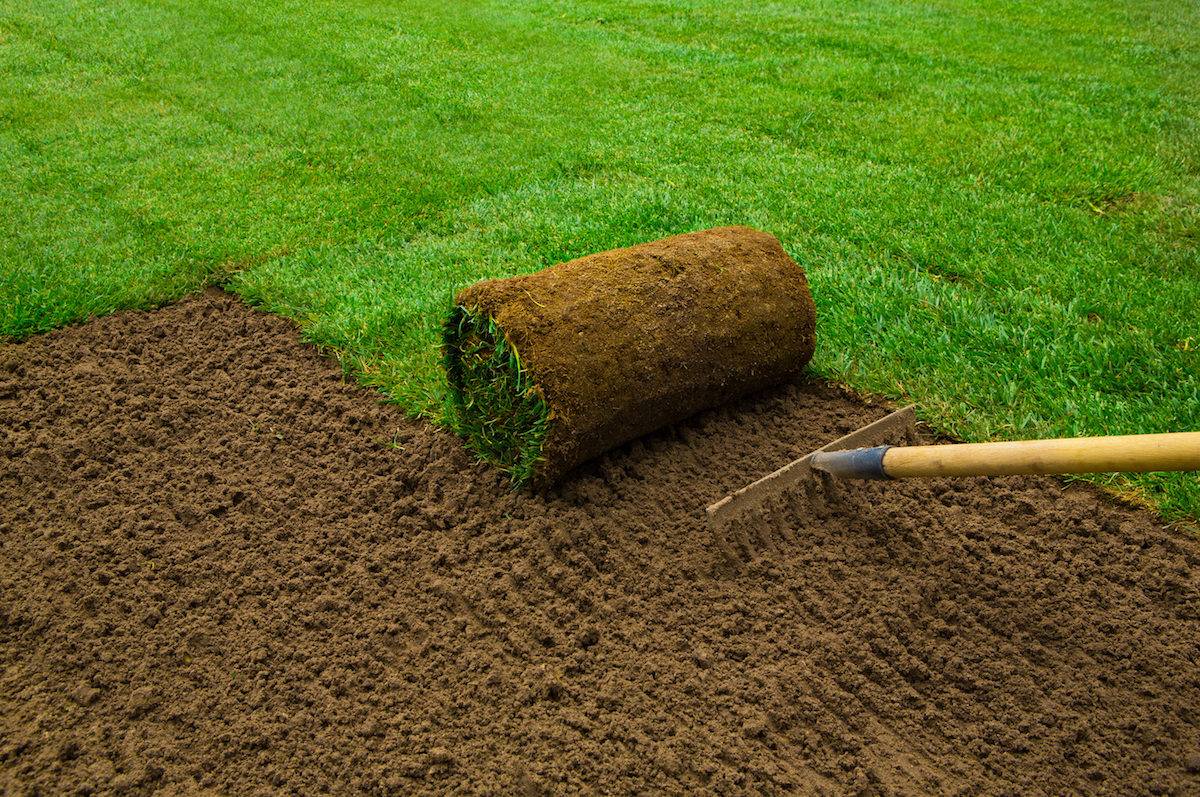
It takes only two to three weeks for the sod to be rooted in the new soil of your lawn. While sod establishes roots faster, the roots from the seed are more stable. So, if you are looking for a faster growth time, then sod is the better option for you. Less time to go from dirt to grass. And you are not limited by the season.
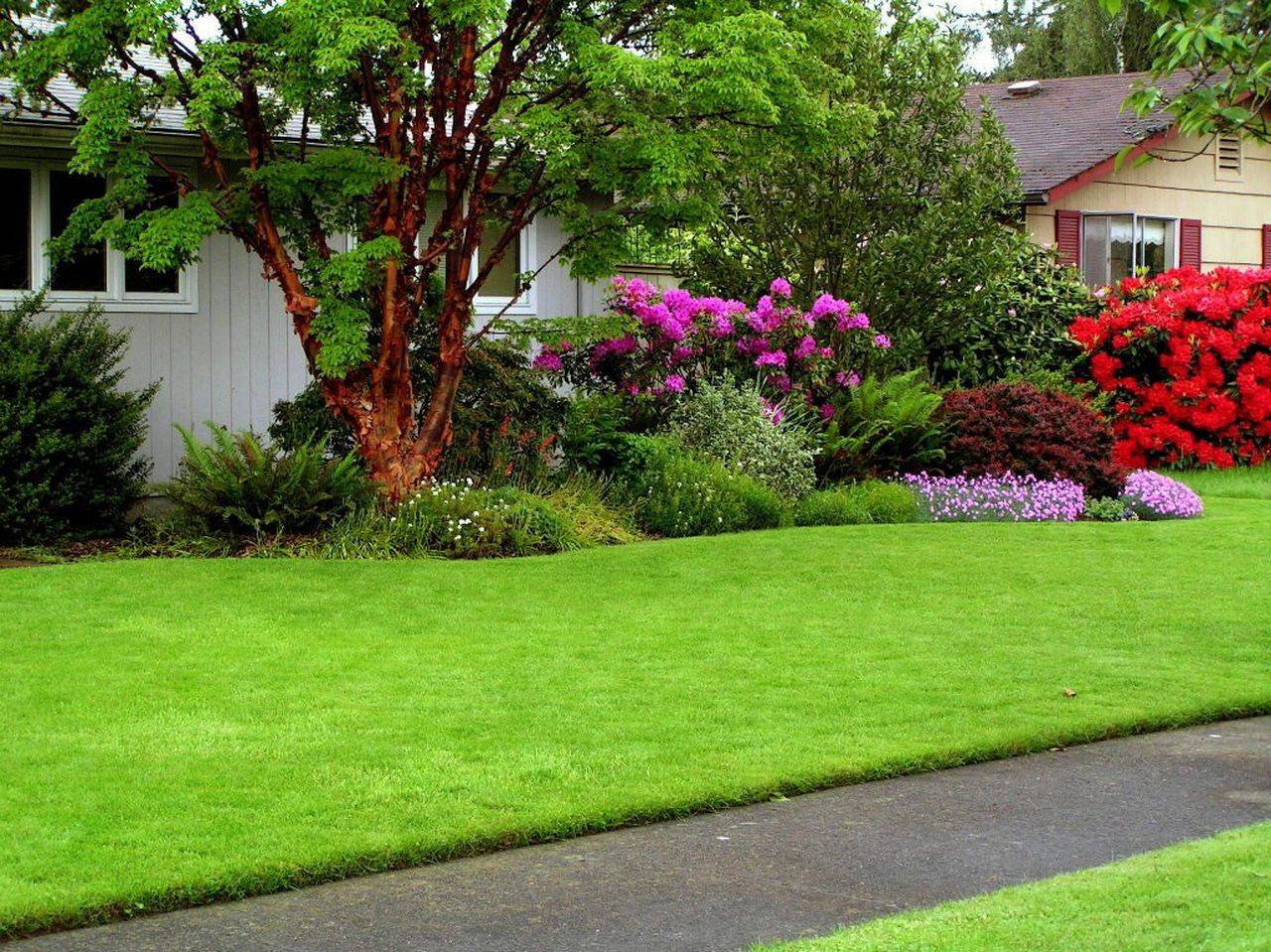
Seed, on the other hand, takes more time from planting to sprouting. For starters, you have to know the right season to plant your grass seeds. Fall and spring are generally known as the best time to plant them.
Growing your lawn from seed requires a lot of attention. You need to take care to water your plants adequately and get rid of weeds. If you have got enough time to shower your lawn with tender loving care, wait for the perfect season to plant, and you don’t mind waiting for results, then seed grass will work perfectly for you.

With the bases covered, it should be easier for you to decide between sod or seed. It’s time to grow your lawn from dirt to grass!—
